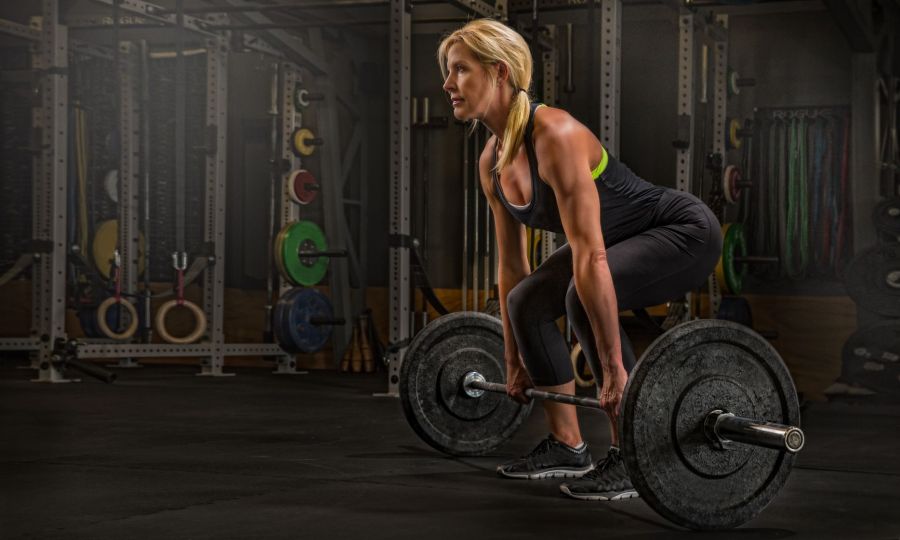If you want to protect your performance and run happily for years to come, lifting weights is key. Our four-week strength training and weightlifting plan for runners will help you to get in run-ready shape, whatever your goal…
Words: Josh Ivory | Photos: Getty Images
Love running but loathe strength training? Many runners are good at putting in the miles but less willing to spend time on strength training. For some, it’s because the outdoors holds greater appeal than an air-conditioned gym. For others, it’s because they fear they might bulk up and slow down. But the simple fact is that weightlifting and resistance training is an important activity for all runners. It can improve muscle activation and, therefore, your running technique and performance. Plus, it will even out any muscle imbalances and reduce the chance of injury.

Getting started with strength training as a runner
Before you leap into a strength training programme for runners, it’s important to consider a few things: Is there a running event that you are training for? How long do you have to train for it? The distance you run will impact how you strength train – just think of the well-built 200m runner who requires greater arm strength than the lean and lithe marathoner.
The terrain you train and race on will also make a difference – running downhill produces excessive force through the lower limbs, hips, knees and pelvis, and mountain runners might need to dedicate more time to strengthening the muscles in the calves and anterior thighs. But there are some muscles – namely, those in the legs, glutes and core – that you can focus your strength training on to improve your performance across many run disciplines.
How to schedule strength training into your running plan
Periodisation (dividing your training into different ‘cycles’) is key. In order to maximise results, you must lift heavier weights during the initial phase and then reduce the volume as you enter the phase closer to your goal. It’s at this time that you’re likely to be clocking more miles, so it’s important that your body is able to recover between sessions. As you near your race day, the weights you use cannot be overly taxing on your body. If they are, DOMS (delayed onset muscle soreness) produced from the resistance work will take its toll on your run training.
If you want to try strength training to support your running goals, give our four-week weightlifting plan for runners a go. It focuses on two full-body strength sessions per week and factors in how your running might fit around those workouts. Unilateral work is great for boosting balance and core strength, so do opt for dumbbells or kettlebells over barbells where possible. We’ve also given you some tips on how to change the weight and increase the repetitions as you get closer to a longer-term goal such as a marathon. Good luck!
4-week strength training plan for runners

Strength training for runners: WORKOUT A
- Single-leg Kettlebell Russian deadlift: 3 x 8
- Overhead squat: 4 x 6
- Bentover row: 3 x 6
- Bench press: 3 x 6
- Wall balls: 2 x 60 secs
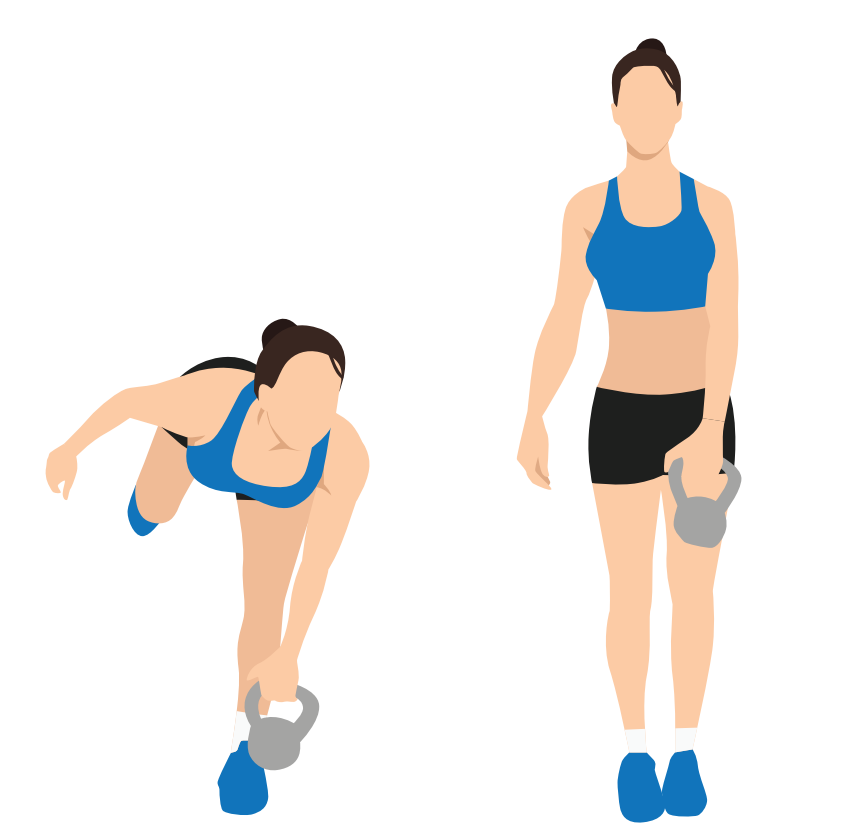
Single-leg kettlebell Russian deadlift:
- Hold a kettlebell or dumbbell in your left hand at arm’s length in front of your thighs, feet shoulder-width apart and knees unlocked.
- Raise your right leg behind you. Without changing the bend in your knee, fold from your hips until your torso is parallel to the floor. Pause, then squeeze your glutes, thrust your hips forward to return to standing.
- Repeat, then switch sides.
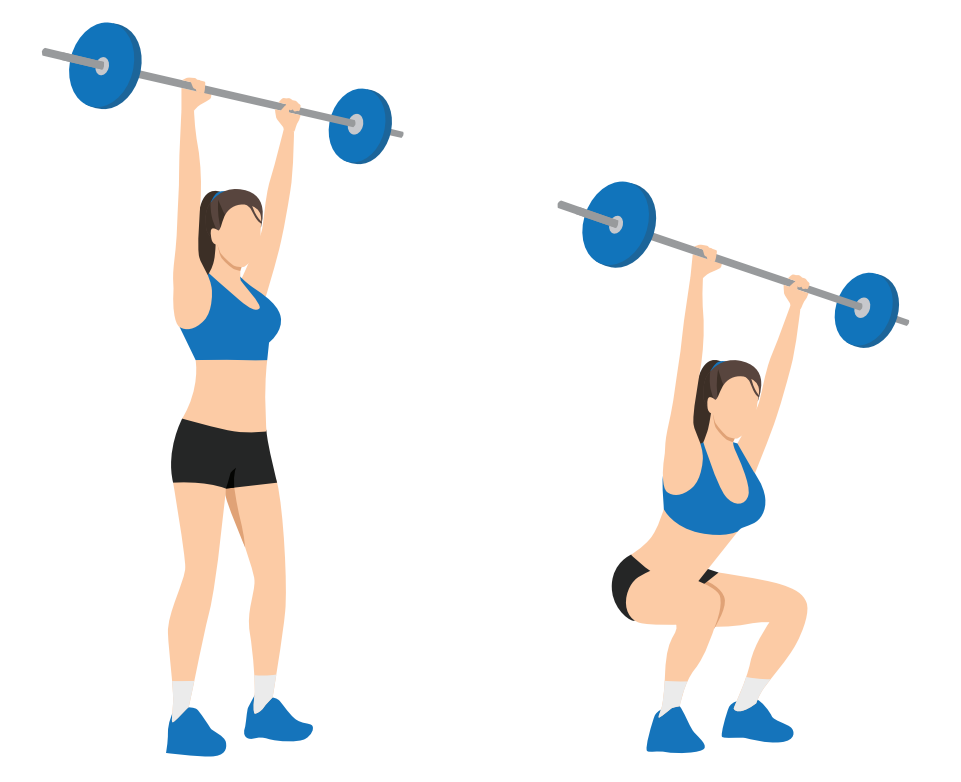
Overhead squat:
- Stand with feet hip-width apart, the balls of your feet under a light barbell.
- Squat to clean and press the weight overhead, or hold a set of dumbbells at shoulder height and press them overhead.
- Engage your core and push hips back to bend your knees down as far as you can go with good form.
- Press through heels to stand.
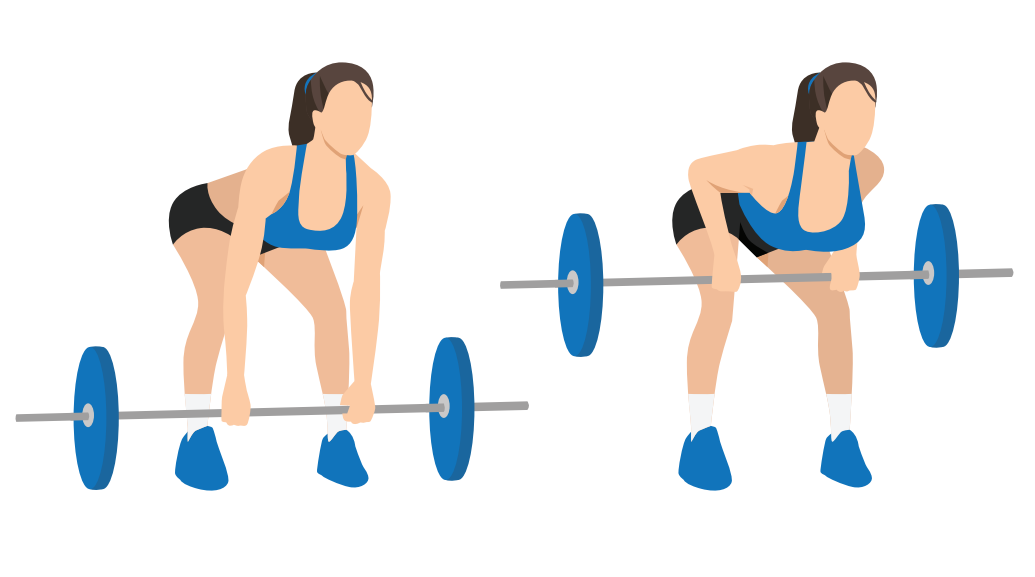
Bentover row:
- Hold a barbell or set of dumbbells in each hand and bend your knees slightly. Hinge forward from the hips, maintaining a neutral spine.
- Hold and draw both elbows back as far as you can, squeezing your shoulder blades. Lower to the start position.
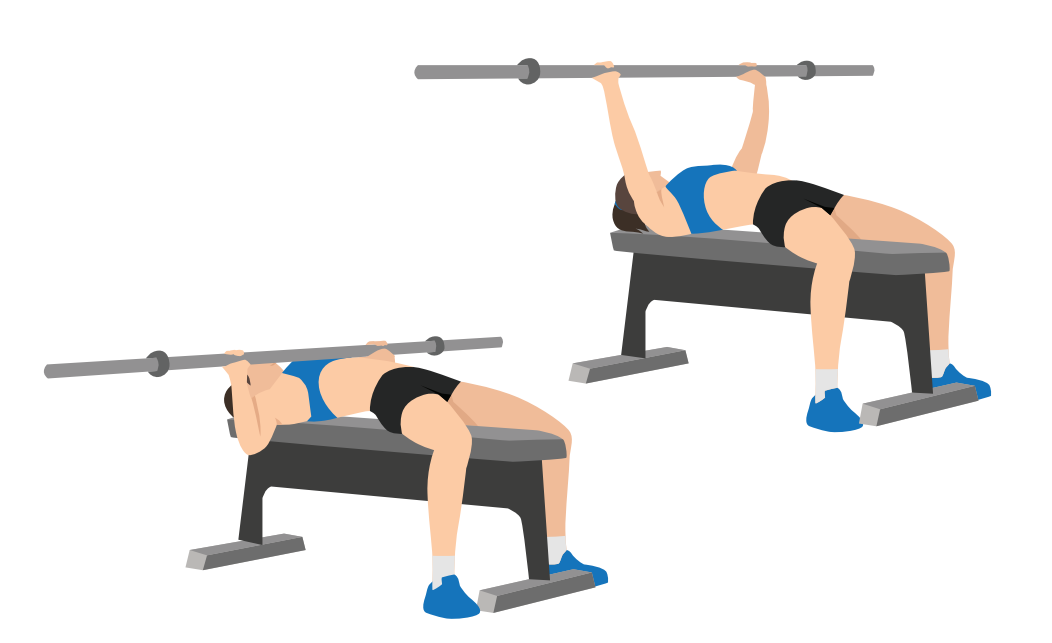
Bench press:
- Lie face-up on a bench holding a bar, or dumbbell horizontally in each hand, elbows at 90°. Your forearms are vertical to the floor with knuckles pointing up.
- Push up until arms are straight. Lower slowly.
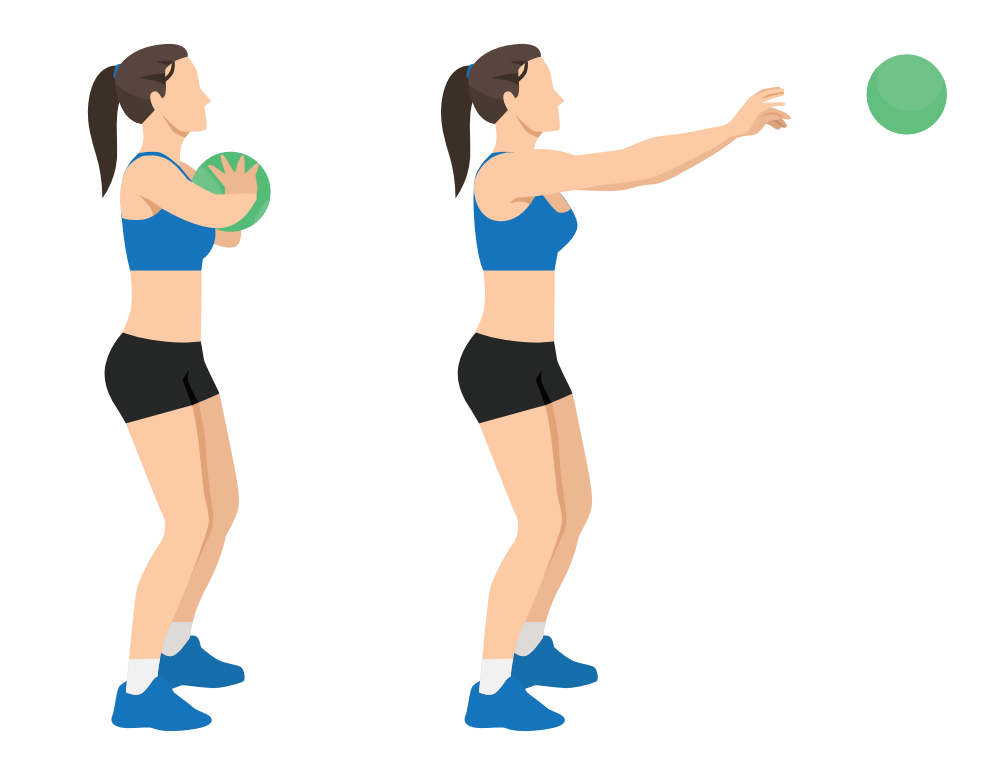
Wall balls:
- Stand facing a wall, holding a moderate-weight medicine ball in both hands at chest height.
- Lower into a squat, then push through your heels to stand up.
- Use the momentum to throw the ball against the wall, catch it as it rebounds and then drop back into another squat. Continue until the time is up.
Strength training for runners: WORKOUT B
- Power clean: 4 x 6
- Single-arm shoulder press: 3 x 8
- Hip thrust: 3 x 8
- Pull-up: 3 x 6
- Farmer’s carry: 2 x 40m
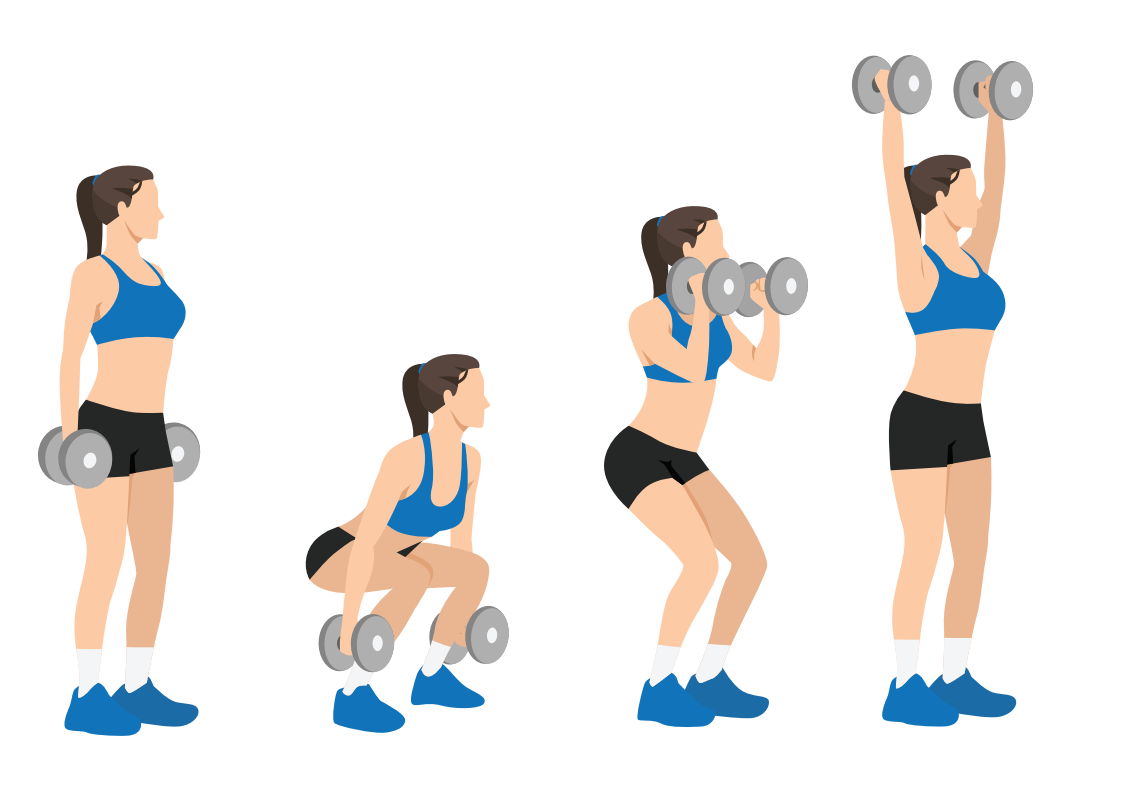
Power clean:
- Stand with feet hip-width apart. Squat down to grab a dumbbell in each hand.
- Quickly straighten your legs to stand up. Shrug your shoulders and pull the dumbbells up to in front of your chest, then flip your hands so your arms are underneath the weights.
- Bend your knees to cushion the impact, then stand. Lower the weights in front of your thighs and then squat to lower back to the floor.
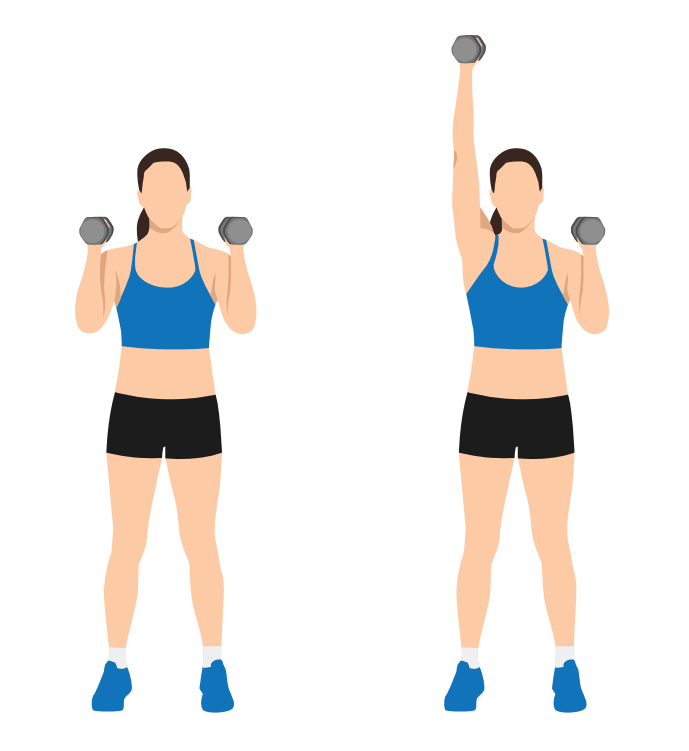
Single-arm shoulder press:
- Standing tall, engage your abs and squeeze your thighs and glutes to keep your body stable.
- Position the dumbbells to each side of your shoulders. Press one dumbbell overhead until your arms are straight.
- Slowly lower, then repeat on the other side and continue alternating.
- If you’ve access to the right kit, the landmine press move makes a great alternative exercise here.
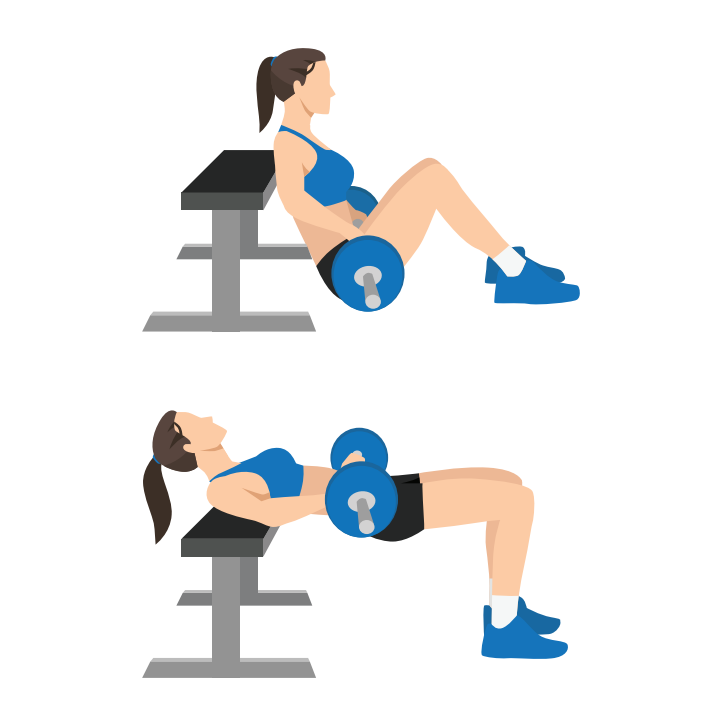
Hip thrust:
- Start by resting your rear shoulders on a bench, with your knees bent and a barbell resting on your hips, palms facing down.
- Squeeze your bottom and raise your hips so your body is in a bridge position, keeping your thighs in line.
- Hold this position for two seconds before lowering to the start.
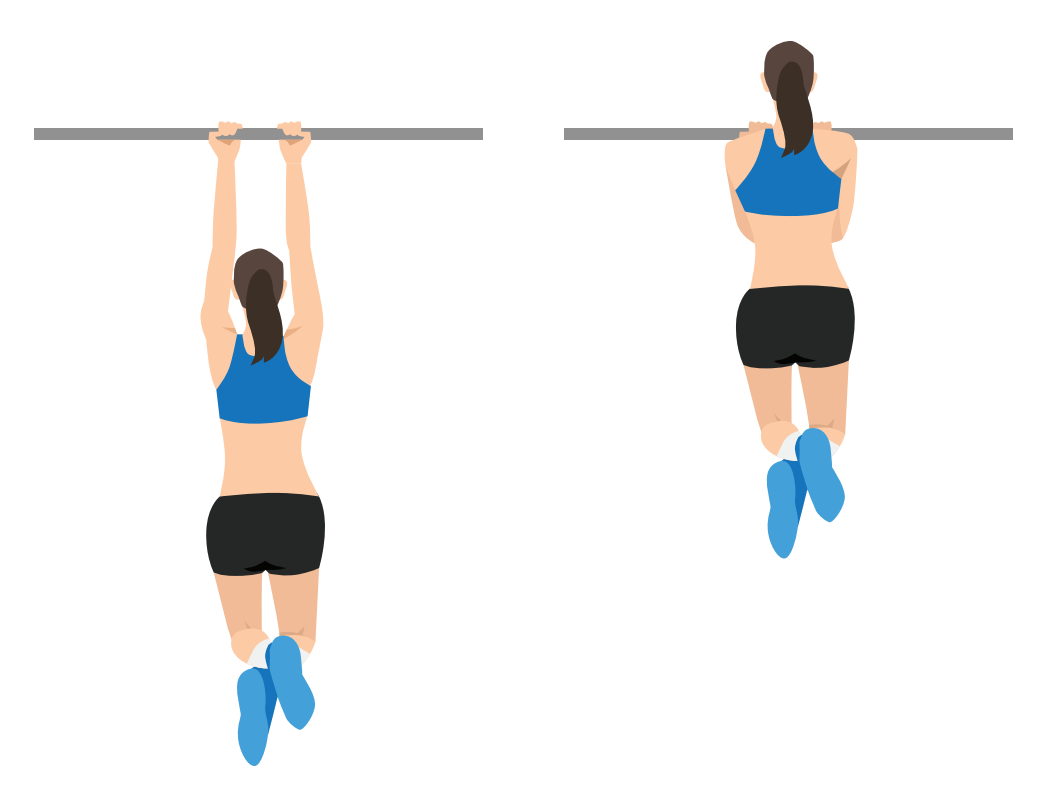
Pull-up:
- Hold the bar with hands wider than shoulder-width apart, arms straight. Lean back 30° and pull up until your chest touches the bar.
- Pause, lower and repeat. If this is too tough, simply hang from the bar for 25-20-15-10-5 seconds.
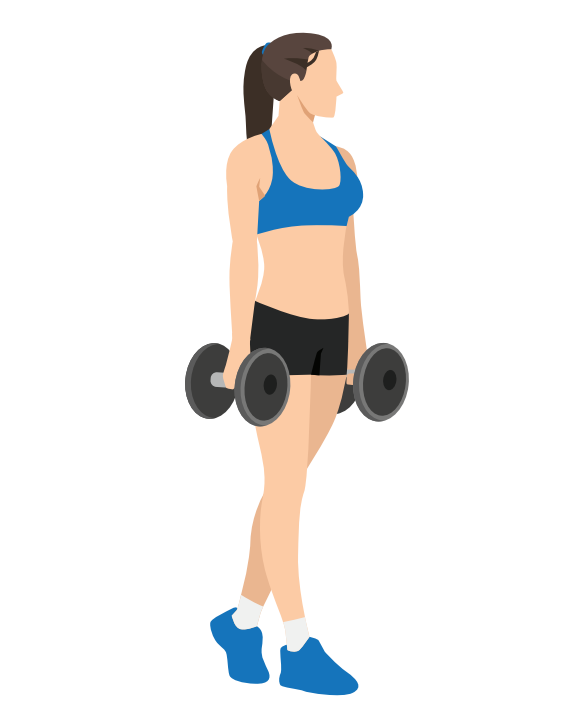
Farmer’s carry:
- Stand with feet shoulder-width apart and a heavy dumbbell in each hand.
- Engage your core muscles, pull your shoulders down and back, then take a step forward.
- Walk as fast as you can for 40m, keeping your spine tall and shoulders back.
Strength training tips for marathon runners
If you’ve got a long-term running goal such as a half or full marathon, the load of your weights should reduce as your run training (and mileage) increases. Here’s an example of how this might work over a six-month training period…
- WEEKS 1-8: Heavy weight for 6-8 reps
- WEEKS 9-16: Moderate weight for 8 reps
- WEEKS 17-24: Light weight for 15 reps

